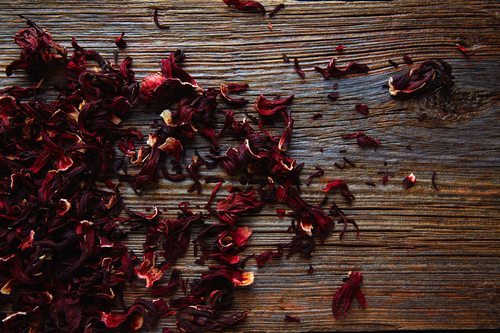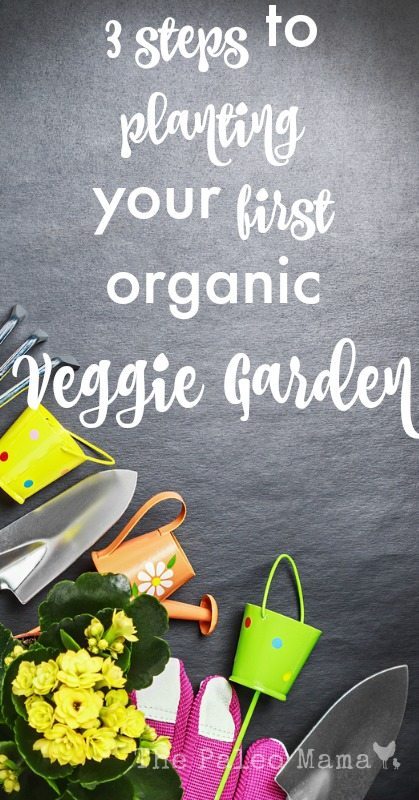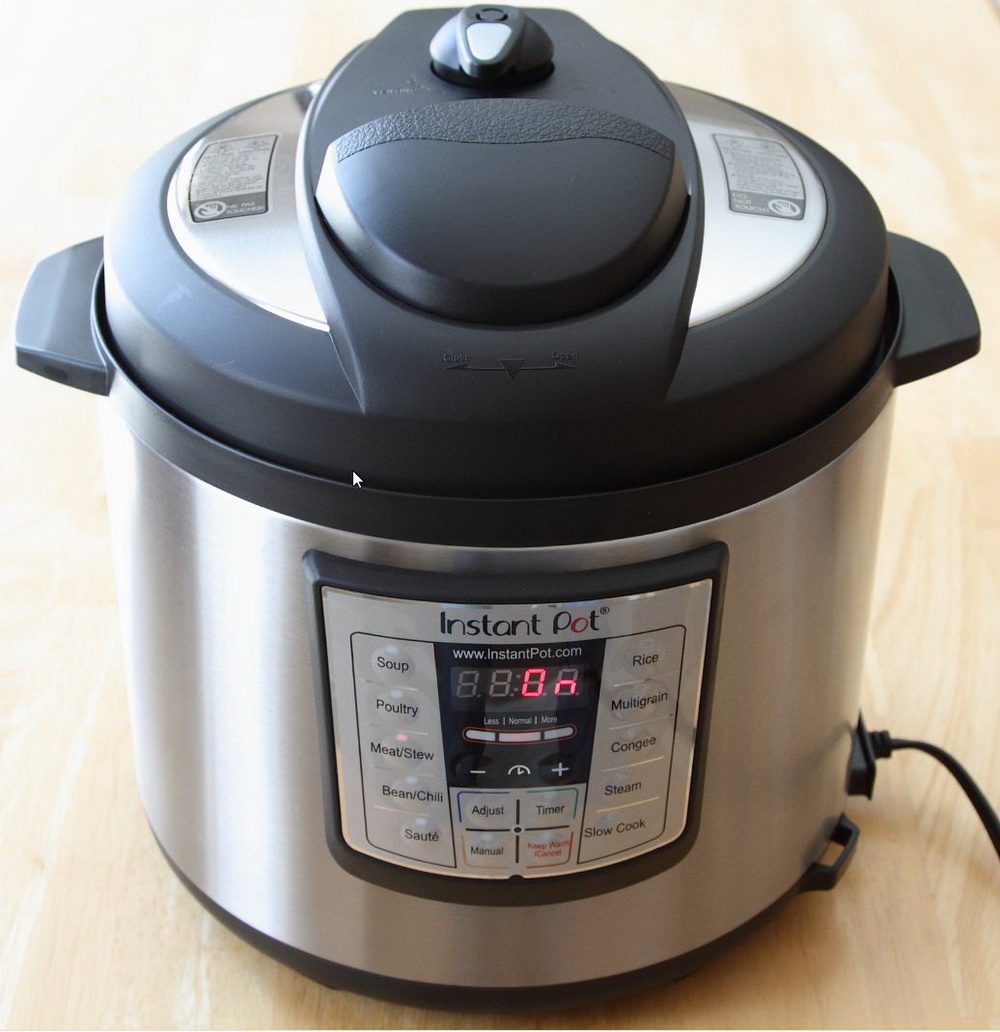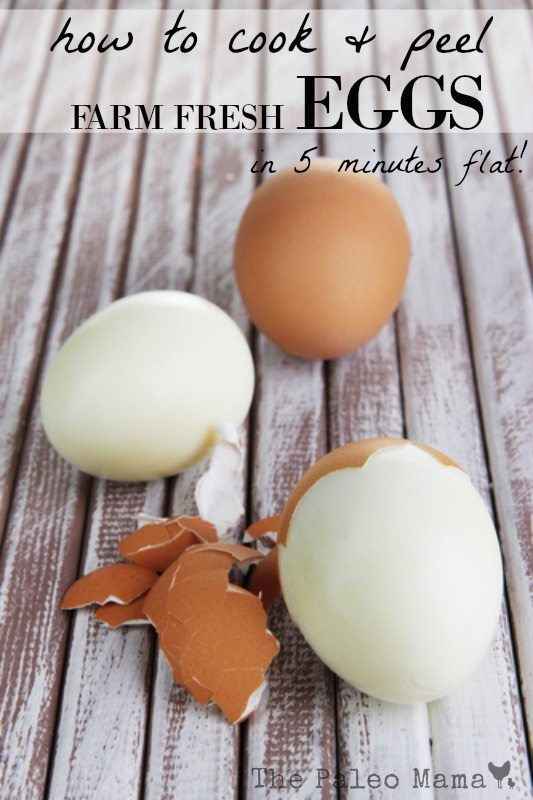Stress—you can’t live with it, and you can’t live without it! Just say the word stress, and many people begin to hyperventilate with anxiety. But most of us would accomplish very little without some stress in our lives. Lot of us wouldn’t get out of bed in the morning without the stress of that annoying alarm telling us to move. For me, it’s knowing that dozens of farm animals, hungry children, and endless phone calls are waiting for me. So some stress is a good thing. Here are a few reasons why we need some stress:
- It causes us to be more productive—it lights a fire under us. When I know I have to get a few things done by a certain time, I am inspired to work like Superwoman to get it done.
- It creates a higher level of commitment that would otherwise be non-existent. When I see others being more successful in our business, it drives me to work my butt off to do as well—or better—than they.
- It triggers a fight-or-flight mode in us that can be a life saver. For example, when someone cuts you off in traffic, the stress response moves you to change your course and so, in most cases, you avoid an accident.
Stress is unavoidable. It can be a valuable tool to getting things done. But when it begins to overwhelm our lives with high-pressure workdays, raising kids, not enough sleep or exercise, or trying to make ends meet, then it can damage our health and make it difficult to control our emotions.
It’s done that to me! My husband and I went gung-ho into our dream life of homesteading, maintaining a blog presence online, raising heritage animals, building a successful essential oil business, and raising our children. For a while all went well. But then the daily demands of our life brought on crushing, immobilizing stress. Unforeseen external stress slammed into us—the anxiety of too much debt, the death of close family members, several moves, health problems, negative family issues, the demands of building a business, and, worst of all, the recognition that we simply could not do it all!
I hit the wall! When I should be up and running, I simply shut down! I couldn’t get out of bed. Couldn’t think straight. Couldn’t mother. Couldn’t give of myself to others. Total…painful…crushing…shut down! I needed a solution, and I needed it fast!
Recognizing stress is the first step toward managing it. Take a close look at your own life. What are the stressors that are bogging you down? If you’re not sure if stress is starting you overwhelm you, try taking a stress test to identify the stress triggers at work in your life. (You can find one stress test here.)
Once you have figured out what the stress triggers are in your life, you can start thinking of ways to manage your stress. Just remember this: There is no one miracle pill you can take to remove overwhelming stress from your life. There will be several steps you need to take. For me it was nearly a total how I handle life makeover.
We can’t cover all the solutions in this one blog post, so I want to concentrate on a group of wonderful, healthy stress-fighting super herbs that you can use to eliminate the negative impact of too much stress. These super herbs are called ADAPTOGENS, and are a unique group of herbal ingredients used to improve the health of your adrenal system, the system that’s in charge of managing your body’s hormonal response to stress. They are called adaptogens because of their unique ability to adapt their function according to your body’s specific needs.
These super herbs have been around for years, and have been used in Chinese and Indian medicine for centuries. They work like a thermostat—and can calm you down while boosting your energy without overstimulating you. You can use these super herbs to help our body bounce back from the challenges and stressors of modern life.
We’ll take a closer look at several of these powerful herbs that reduce stress.
6 Powerful Herbs that Reduce Stress
1. Asian Ginseng
Asian Ginseng (Panax Ginseng) has been one of the most valued medicinal plants in the world for thousands of years. It is the most well-known adaptogen, and the most potent. It has proven to be useful for improving mental performance (which is vastly lessened by too much stress), and for its ability to help you withstand stress. Ginseng delays the onset of your body’s fight or flight response to stress, giving you time to recognize the rising negative impact of the stressor you are facing, and take proactive steps to reduce those factors from your life.
Dose: 100-200 mg per day, usually found in gelatin capsules.
2. Ashwagandha
The word ahwagandha means “the smell of the horse,” so don’t be surprised by the pungent odor of this super herb! But despite its smell, it has a long list of health benefits, and is particularly useful for reducing anxiety and stress-induced depression. It reduces cortisol levels. Cortisol is known as the stress hormone. It is elevated cortisol that causes many of the stress-related health problems, suchas: increased weight gain, blood pressure, cholesterol, and heart disease, as well as interfering with learning and memory, and lowering your immune function and bone density.
Dose: 3,200 mg per say, divided into two doses in gelatin capsules.
3. Rhodiola Rosea
Another super herb used in traditional Chinese medicine, Rhodiola Rosea, is effective in reducing fatigue and exhaustion due to prolonged stressful situations. It also acts like hormone thermostat, and helps to balance the cortisol levels in your body. It has a positive effect on brain function and heart health. It is a favorite among integrative medicine experts for treatment of “21st century stress.”
Dose: start with 100 mg daily for a week in gelatin capsules, and then increase
the dosage by 100 mg every week, up to 400 mg a day, if needed.
4. Holy Basil
Holy Basil has been called the elixir of anti-aging in Asian medicine. It is related to sweet basil, and has been valued for centuries for its benefits for the mind, body and spirit. It possessed great potential in the areas of stress relief and relaxation. It helps to decrease stress hormone levels, particularly of cortisol.
Dose: 500 mg of the leaf extract taken twice daily in gelatin capsules.
5. Astragalus
Astragalus is a perennial plant native to China, Mongolia and Korea. The root is the medicinal part of the plant. It boosts immunity and buffers the effects of stress. It increases the amount of anti-stress compounds our bodies use to repair stress-related damage. It protects the body from stress and disease.
Dose: While there is no uniform dosage suggested, many
people enjoy its benefits in a Herbal Immune System Soup,
and you can find the recipe here or purchase it in capsules here.
6. Cordycep Mushrooms
Cordycep mushrooms include: reishi, shiitake and maitake mushrooms. These nutrition-rich mushrooms have all the benefits of antioxidant foods. While they may not be adaptogens in the classic sense, they all have adaptogenic, anti-tumor, and immune-enhancing properties. Many athletes benefit from their ability to allow the body to handle larger amounts of stress during training programs.
Dose: 40-50 mg of shiitake, 50-60 mg of maitake,
50-60 mg or reishi, and 100 mg of cordyceps mushrooms daily.
I don’t know about you, but the idea of getting my dosage of stress-fighting mushrooms in a delicious homemade mushroom soup sounds so inviting. I recommend that you use this recipe, using the four types of stress-fighting mushrooms in your soup.
Don’t Let Stress Take Your Health
We all need stress in our lives. But becoming overwhelmed with debilitating stress will compromise your ability to cope adequately with everyday life—and can cause serious, even fatal damage to your health. There isn’t one easy solution to overwhelming stress. You will need to take time to re-evaluate your life, eliminating as much stress as possible, and learning healthy ways to deal successfully with the stress that stays in your life.
These 6 powerful herbs that reduce stress are one way you can tackle the problem of stress naturally. They have powerful, positive effects to get you moving away from the paralysis of too much stress.
And remember:
A diamond is just a piece of black charcoal that
handles stress exceptionally well!
Learn to be a diamond.
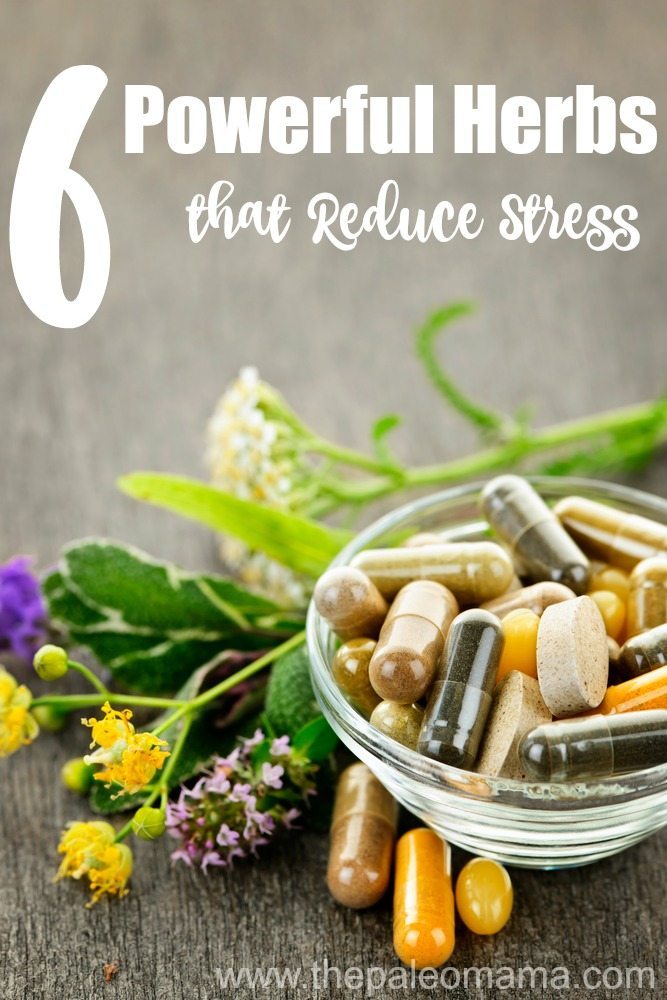
Sources
- https://www.ineedmotivation.com/blog/2008/03/4-reasons-why-you-need-stress/
- https://www.drfranklipman.com/adaptogens-natures-miracle-anti-stress-and-fatigue-fighters/
- https://www.linkedin.com/pulse/7-adaptogen-superherbs-fight-stress-improve-occhipinti-m-s-
- https://www.afpafitness.com/blog/7-adaptogen-superherbs-to-fight-stress-improve-performance
- https://draxe.com/7-adaptogen-herbs-to-lower-cortisol/



